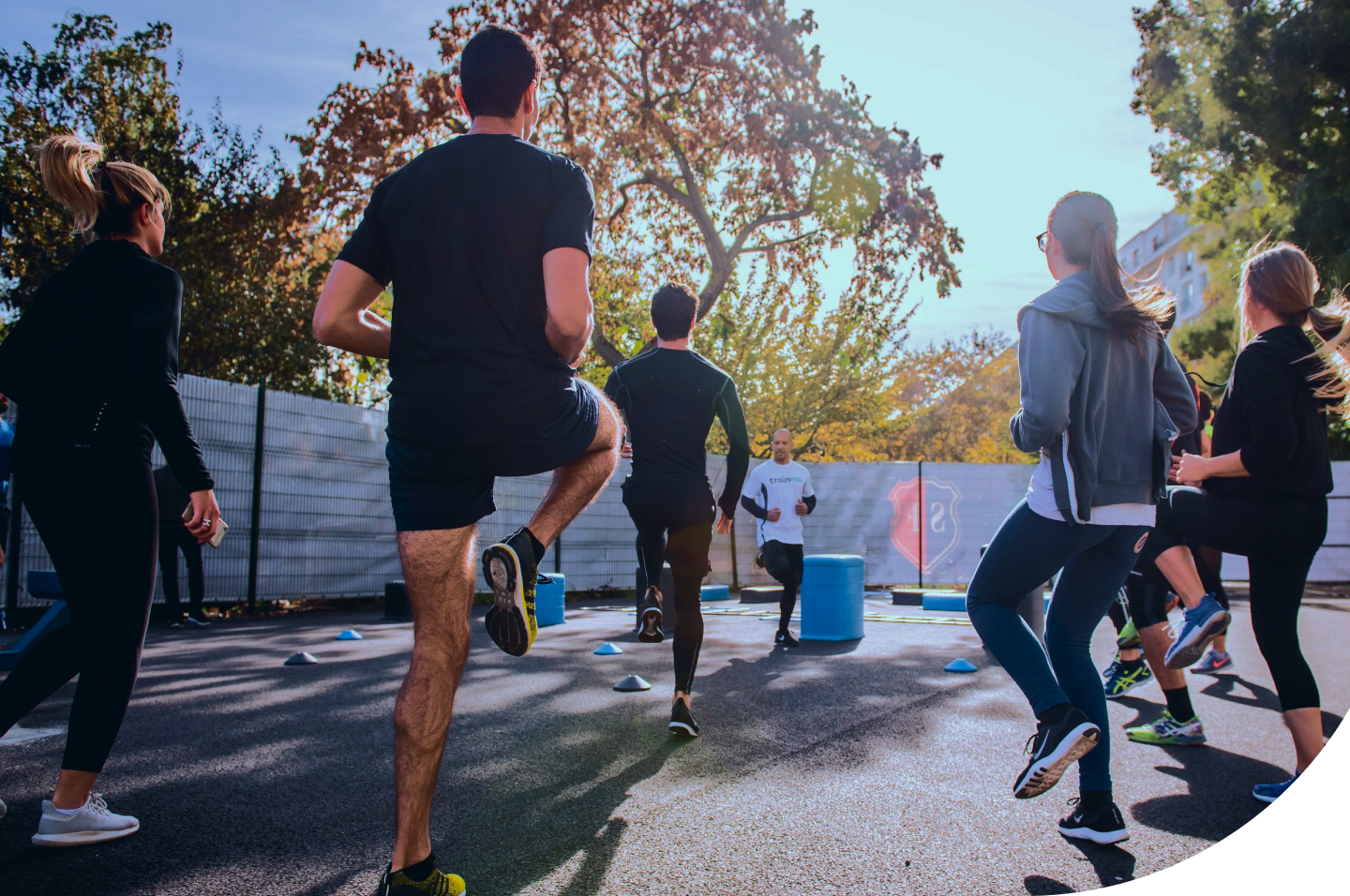If you’ve ever had a loved one suffer a stroke and survive, you know just how devastating the effects can be. In fact, more than 50% of stroke survivors aged 65 or older suffer impaired mobility and have difficulty performing simple, everyday tasks. It's heartbreaking for the survivor, and it’s equally as heartbreaking for their family and friends, who feel helpless watching a formerly capable person struggle to perform everyday tasks.
Strokes are usually caused when a blood clot blocks a vessel in the brain, and they can also be caused by a rupture. The key to boosting the chances of recovering from a stroke caused by a clot is something called tissue plasminogen activator, or tPA, which is currently the only FDA-approved treatment for strokes caused by clots.
Unfortunately, small communities and rural hospitals don’t always have a stroke team to quickly evaluate a patient and make the decision to administer tPA — and to make matters worse, the window in which you can effectively administer the drug is within just a few hours of a person suffering a stroke. Considering that many people experiencing a stroke don’t realize what’s happening, swift action isn’t always possible.
But luckily, there’s hope. There are a multitude of regenerative medical solutions that can make a huge difference — some are already available, and others are in the pipeline. Here are just a few of the ways that these breakthroughs in technology are helping to prevent strokes, and reshape stroke victims’ lives.
Robotic Gloves: Helping Improve Dexterity Issues
Clenched fists are one of the most debilitating aftereffects of a stroke, making it impossible to carry out mundane but essential tasks of daily living such as grasping a fork, holding a toothbrush, or writing. One groundbreaking solution to combat a loss in mobility is a pair of robotic gloves that work to increase sensation in the hands, leading to improved dexterity over time.
The robotic gloves were first created as a novelty of sorts, using a pattern of vibrations to teach wearers to play the piano without a lick of practice. Turns out, the same technology can be harnessed to help stroke patients regain mobility in their hands. As the brain is triggered to react to signals, it fires off patterns in neurons and attracts even more. That increases sensation, leading to improved dexterity. In other words, wearing the gloves makes the muscles in the hand wake up.
Dr. Caitlyn Seim, a postdoctoral fellow at Stanford University, has been spearheading research on these haptic gloves — and together with Thad Starner, the original creator of the piano gloves, have started Stimulus Labs, a company that is working to bring gloves to market by 2023 for the benefit of stroke survivors.
VR Headsets: Improving Stroke Rehabilitation
If you’ve ever put on a VR headset, you know just how incredible and powerful the technology is. You’re immediately transformed into a whole new world that feels so real that it induces the same kind of fear or excitement that you’d experience in real life. One company, Penumbra, is harnessing the power of VR to retrain the nervous system of stroke patients, and gamifying the rehab process with the help of a VR headset, sensors, and a tablet.
This tool, called the REAL System, is an FDA-approved therapeutic tool that transforms the otherwise tedious process of rehab into entertainment (and fun!) for the patient. The tablet collects data about the patient's movements and shows doctors the areas that are improving and where additional attention is needed. Penumbra has started shipping their product to market, and anticipates that it will soon be available at many hospitals, inpatient rehab facilities, and outpatient centers.
Growth Differentiation Factor: Healing Strokes
Elevian, a company led by Dr. Mark Allen, MD has developed a naturally occurring protein called growth differentiation factor 11 (GDF11) with powerful regenerative properties, which has been shown to boost and revitalize brain function, among many other things.
While more research needs to be done, GDF11 could potentially replace the current gold standard treatment of ischemic strokes, which needs to be delivered within a narrow 4-hour window. A GDF11 treatment, on the other hand, can act up to one week later, and would drastically change the face of stroke medicine as we know it.
The scientific data from Elevian’s preclinical studies looks encouraging for both prevention and recovery, and the company is in the process of moving toward a Phase 1 trial with the aim of treating acute ischemic strokes by early 2023.
Portable MRIs: Quickly Diagnosing Strokes
When someone has suffered a stroke, there’s a precious two-hour time window to diagnose the stroke and take action. Unfortunately, if action isn’t taken soon enough, the results can lead to living with a debilitating handicap for the rest of your life. But if you’re able to get the clot removed within two hours, you have a 90% chance of survival, with no deficit.
One hero leading the charge of stroke diagnostics is Mary Lou Jepsen, PhD, the founder and CEO of a startup called Openwater. They are developing a new approach to medical imaging, and are delivering on her vision of a portable device that delivers MRI-quality imaging that can be used in ambulances to quickly diagnose a stroke, so the proper treatment can be given safely. The technology is better than that of an ultrasound or MRI, is a thousand times cheaper, and saves precious time.
Of course, there are many ways to prevent a stroke that are within your control, including regular exercise, eating healthy, and avoiding cigarettes and alcohol. But if you or anyone you know suffers a stroke, it's good to know that there are clear and powerful paths to recovery, and a reason to stay hopeful.
